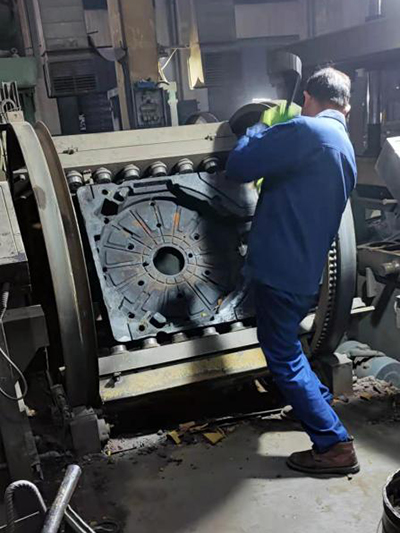Can I Sand Resin? A Comprehensive Guide
Sanding resin is a common practice among hobbyists and professionals working with epoxy, polyester, or polyurethane resins. Whether you are crafting jewelry, building model kits, or creating art pieces, understanding how to properly sand resin can dramatically influence the final result of your project. In this article, we will explore the feasibility of sanding resin, the techniques involved, and some helpful tips to achieve the best finish.
The short answer to the question Can I sand resin? is yes; however, the method and timing play crucial roles in ensuring an optimal outcome. Once the resin has fully cured—typically 24 to 72 hours, depending on the type and thickness—it becomes hard and can be sanded effectively. Attempting to sand before the resin has properly cured may result in a gummy mess or damage to your project. Always refer to the manufacturer’s guidelines for curing times.
Can I Sand Resin? A Comprehensive Guide
1. Selecting the Right Grit Sandpaper Start with a coarse grit (around 80 to 120) to remove any imperfections and then gradually move to finer grits (320 to 600 or higher) for finishing. Using a progressive range of grits ensures that scratches from the coarser paper are eliminated by the finer paper.
can i sand resin

2. Sanding Method Use a sanding block or an electric sander for larger surfaces to maintain an even pressure. For detailed areas, manual sanding may be more effective. Always sand in a circular motion to avoid creating flat spots or uneven surfaces.
3. Keep it Cool Resin can heat up during the sanding process, leading to potential damage. To reduce heat, sand with lighter pressure and take breaks to allow the resin to cool down.
4. Wet vs. Dry Sanding Wet sanding can be beneficial as it reduces dust and helps prevent overheating. By using water, you can wash away debris and achieve a smoother finish. If you opt for wet sanding, ensure that the resin is fully cured as moisture can affect uncured resin.
5. Safety Precautions Always wear a mask and goggles when sanding resin. The dust can be harmful if inhaled or if it comes into contact with your eyes. Ensure you are working in a well-ventilated area to minimize exposure to fumes.
In conclusion, sanding resin is not only possible but also essential for achieving a professional finish in many projects. By using the right techniques, tools, and safety measures, you can enhance the appearance and functionality of your resin creations. Whether you’re an amateur or a seasoned crafter, mastering the art of sanding resin will undoubtedly elevate your work to the next level. So gather your materials, follow these guidelines, and watch your resin pieces transform beautifully!
Post time:10 月 . 31, 2024 22:21
Next:Cerabeads Sand Applications and Benefits in Modern Industries and Technologies
